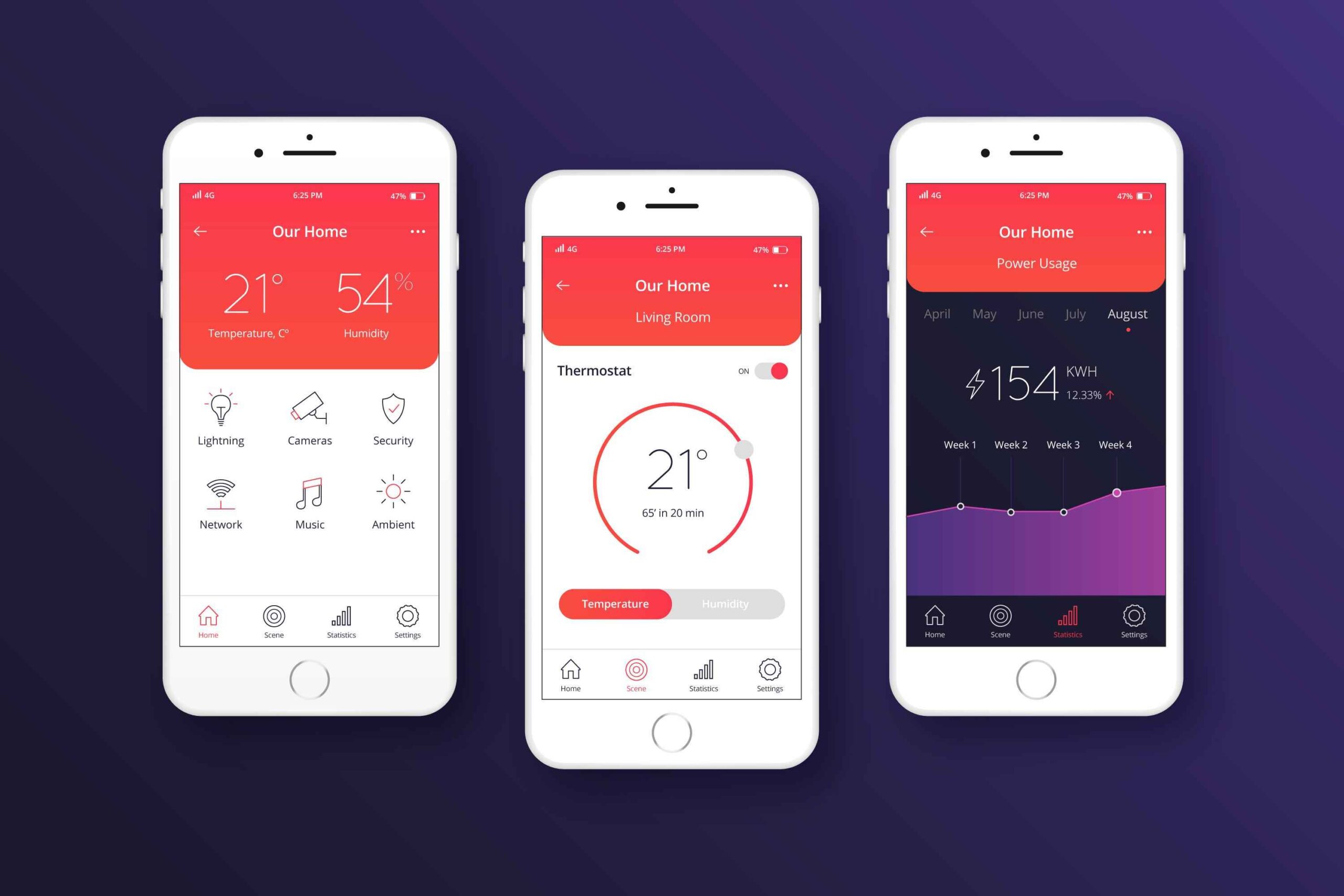In the dynamic world of mobile apps, a stellar User Interface (UI) is essential. For Android developers, crafting an intuitive and efficient UI not only enhances user experience but also boosts app performance. With Android continuously evolving and user expectations rising, following best practices is crucial. Here are ten key practices to elevate your Android UI design.

1. Adhere to Material Design Guidelines
Material Design by Google sets the standard for modern UI aesthetics. Embrace its principles:
- Color Palette: Opt for bold and vibrant colors.
- Animations & Motion: Integrate subtle animations to enhance user interaction.
- Consistency: Maintain uniform iconography, typography, and motion throughout your app to reinforce brand identity.
2. Design for Responsive Screens
Android devices come in various sizes and resolutions. Ensure your UI adapts seamlessly:
- Constraint Layout: Use this powerful layout manager for flexible designs.
- Avoid Fixed Sizes: Refrain from hardcoding dimensions.
- Multiple Layouts: Develop layouts for different orientations and device sizes.
3. Prioritize Consistency
Consistency across your app ensures a coherent user experience:
- Visual Consistency: Use a uniform color scheme, font, and iconography.
- UI Components: Employ standard UI elements and adhere to Material guidelines.
- Spacing & Padding: Maintain consistent margins and padding between elements.
- Navigation Patterns: Implement uniform navigation methods across screens.
For those seeking custom Android app development services, adhering to these consistency practices is essential to delivering a polished and user-friendly application.
4. Facilitate Easy Navigation
Streamline app navigation for a smooth user journey:
- Standard Navigation: Utilize navigation drawers, bottom tabs, and standard patterns.
- Gesture Navigation: Align with Android’s gesture standards.
- Search Functionality: Include search features to help users find content quickly.
5. Implement Accessibility Support
Make your app usable for everyone, including those with disabilities:
- Accessibility Guidelines: Follow Google’s Material and Android accessibility guidelines.
- Content Descriptions: Provide descriptions for interactive elements like images and buttons.
- Color Contrast & Text Size: Ensure adequate contrast and scalable text.
6. Optimize Performance
A performant UI keeps users engaged:
- Avoid Complex Layouts: Use Constraint Layout to manage complex designs.
- Pagination & Lazy Loading: Implement these for handling large datasets.
- Image Loading: Use libraries like Glide or Picasso for efficient image handling.
7. Focus on Typography
Typography impacts readability and user engagement:
- Readable Fonts: Choose appropriate font styles, sizes, and colors.
- Visual Hierarchy: Use font variations to highlight important content.
- Device Size Considerations: Ensure text fits well on both small and large screens.
8. Collect User Feedback
Feedback is crucial for continuous improvement:
- Surveys & Forms: Incorporate tools to gather user opinions on UI and performance.
- Early Feedback: Collect insights throughout development to address issues early.
- Bug Identification: Use feedback to pinpoint and resolve bugs.
9. Support Visual Feedback
Visual feedback helps users understand app interactions:
- Animations & Effects: Include ripple effects and progress indicators.
- Error Messages: Display clear error dialogs to guide users in correcting issues.
10. Stay Updated with Platform Trends
Keeping up with trends ensures your app remains relevant:
- Evolving Guidelines: Adapt to new Android design and functionality updates.
- New Features: Integrate latest features and design elements.
- Device Compatibility: Update your UI to support new device sizes and configurations.
In Closing
By adhering to these best practices, you can design Android UIs that are not only functional but also engaging and user-friendly. Whether you’re developing a new app or refining an existing one, these principles will help you deliver an exceptional user experience. Stay innovative, keep learning, and let your designs shine!
For more insights and expert tips on Android UI design, stay tuned to our blog at IT Chimes. Happy designing!
